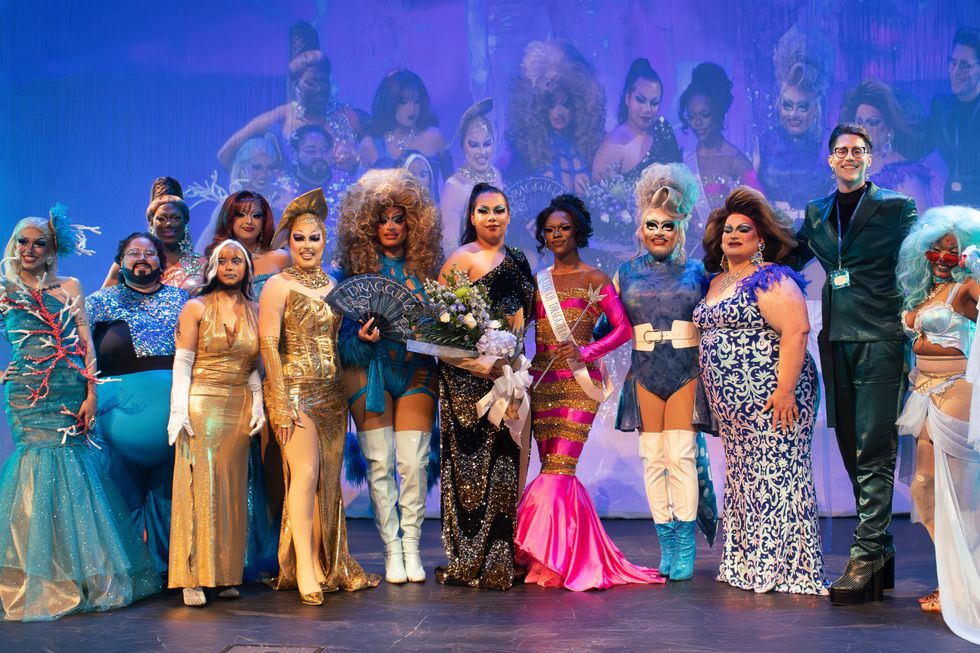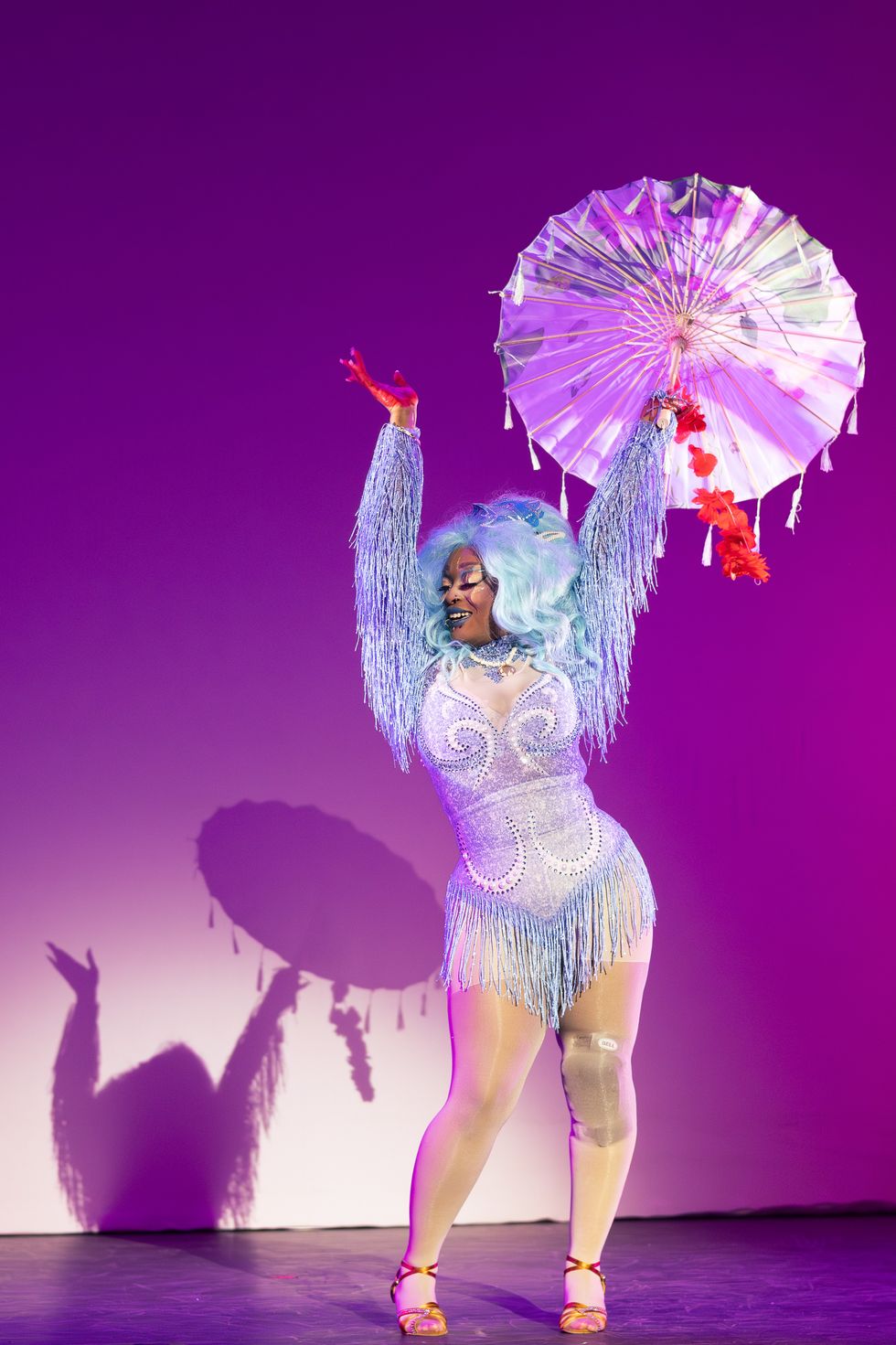There’s no way to describe the anxiety and subsequent embarrassment of pronouncing something wrong. When you’re trying to be suave while ordering at the bar only adds a layer of drunken shame.
So that you never confuse or annoy a barkeep again, we’re here to help by rounding up some of the world’s most hard-to-pronounce alcoholic and non-alcoholic drinks; you will go from a mouthful of marbles to a tippling, tongue-twisting drink expert in no time. L’chaim! (Le kay-im!)
This probiotic wunderkind is all the rage these days, but don’t mess up your ability to be trendy while regulating your gut’s good bacteria by mispronouncing the drink (not like the tree, but rather, like the terror you feel when you realize you left your kefir on the counter overnight).
You’re out for sushi, for goodness’ sake—don’t pronounce sake, the beverage of choice, like the second word of that old-timey (but great) expression. Keep it classy and show you know how to handle both your super-fresh sashimi and your fermented rice wine.
If you don’t yet know about cachaca, then let this be your introduction to a not-so-well-kept Brazilian secret. This spirit, made from sugarcane, is the most popular distilled liquor in the Latin American country and makes a amazing base for a sophisticated spin on mojitos. Now, order a round for your friends in smooth Spanish, and you’ll officially be next-level fluent in drink-speak.
Is half the reason people are intimidated by wine the fact that most of it is in a scary romance language with hidden sounds and silent letters? Well, fear no more—this certified wine region churns out reds, whites, and rosés that you’re going to want to get your hands on once you clear the pronunciation hurdle. Now, Côte du Rhône’s gorgeous Grenanches (Gre-NAH-sh) and Syrahs (see-rah) will be yours for the drinking.
Speaking of wine language fear—get over it for Rioja, the Spanish wine region, whose oaky, vanilla-forward wines are not to be missed.
One of the central ingredients in every super-sweet, blue-hued cocktail you’ve ever imbibed, Curaçao is a liqueur made with the dried peel of the laraha citrus fruit, grown on the island of the same name. If you’re feeling like tinting your tongue aqua, you better brush up on your pronunciation.
Have you ever had a Sidecar? Watched Sex in the City and fiended for a Cosmo? Wanted a little extra kick to your brunch mimosa? Then you’ve probably had Cointreau, the paler cousin to Curaçao. Now, go forth and gossip about your sex life with your main crew in confidence.
It doesn’t really matter if you’re a whisky connoisseur or not—if you can order a glass of Laphroaig, the gold-standard Scotch whisky, neat, no one will be able to tell the difference.
It’s not often that an aperitif gets called “intriguing,” but then again, there’s not that many cocktail ingredients like Cocchi Americano. A derivative of Lillet (we’ll get there in a moment) this bitter, complex fortified wine is a must-have on any savvy bartender’s shelf. Now you can order it without sounding like you’re coughing.
Why are all these damn aperitifs so hard to say? Well, because they’re just a tiny, fortified step away from wine, of course. Cynar is a dark Italian liqueur named after one of its main ingredients, the artichoke (yes, really). However, its flavor is crowded out by the other 16 ingredients of this digestif/aperitif hybrid. Do as the Italians do and sub it for Campari in your next negroni.
You may never have a prettier sip of alcohol in your life than Lillet on the rocks with a twist; and yes, that’s a controversial opinion in the drinks world. Lots of mixologists hate Lillet for its cloying floral undertones (or their own particular reasons). Argue your side of the coin without massacring the name of this citrusy Bordeaux wine, and you may be able to stand your ground.
















 Let us all bow before Gary, the Internet's most adventurous feline. Photo credit: James Eastham
Let us all bow before Gary, the Internet's most adventurous feline. Photo credit: James Eastham Gary the Cat enjoys some paddling. Photo credit: James Eastham
Gary the Cat enjoys some paddling. Photo credit: James Eastham James and Gary chat with Ryan Reed and Tony Photo credit: Ryan Reed
James and Gary chat with Ryan Reed and Tony Photo credit: Ryan Reed

 Rock deterioration has damaged some of the inscriptions, but they remain visible. Renan Rodrigues Chandu and Pedro Arcanjo José Feitosa, and the Casa Grande boys
Rock deterioration has damaged some of the inscriptions, but they remain visible. Renan Rodrigues Chandu and Pedro Arcanjo José Feitosa, and the Casa Grande boys The Serrote do Letreiro site continues to provide rich insights into ancient life.
The Serrote do Letreiro site continues to provide rich insights into ancient life.

 The contestants and hosts of Draggieland 2025Faith Cooper
The contestants and hosts of Draggieland 2025Faith Cooper Dulce Gabbana performs at Draggieland 2025.Faith Cooper
Dulce Gabbana performs at Draggieland 2025.Faith Cooper Melaka Mystika, guest host of Texas A&M's Draggieland, entertains the crowd
Faith Cooper
Melaka Mystika, guest host of Texas A&M's Draggieland, entertains the crowd
Faith Cooper


